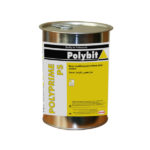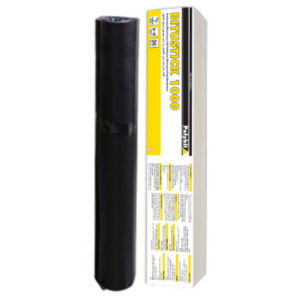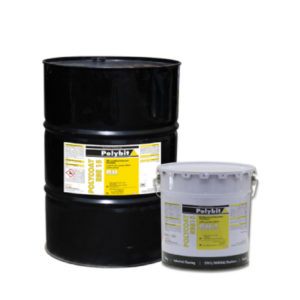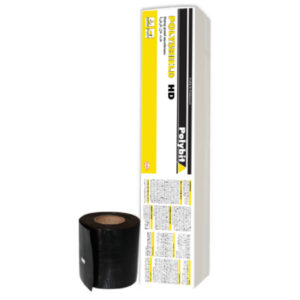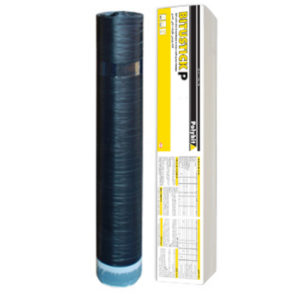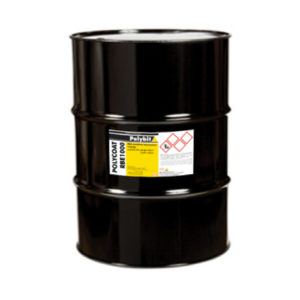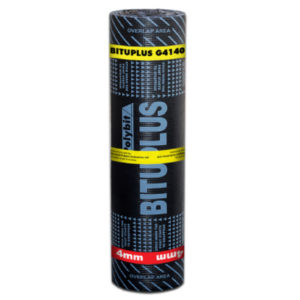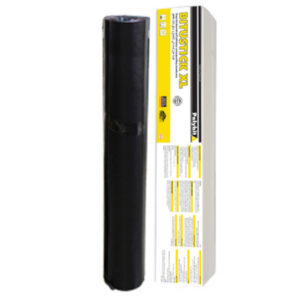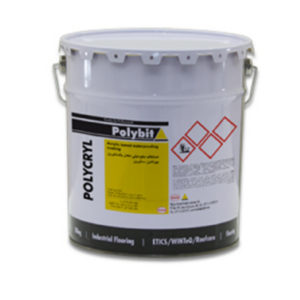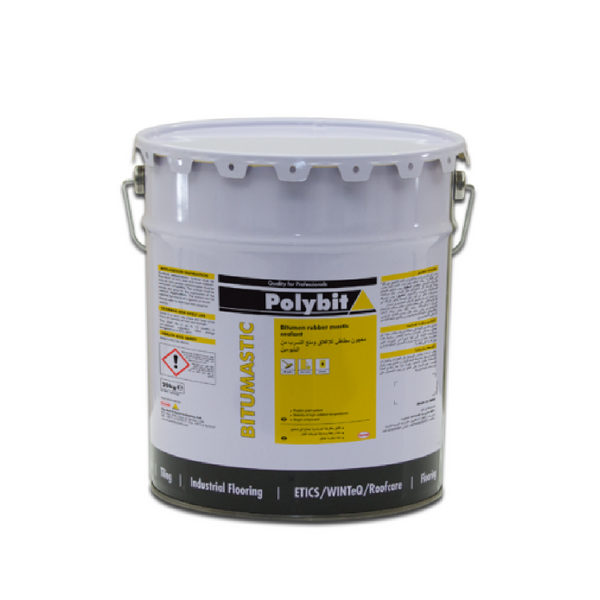

Bitumastic
Bitumen rubber mastic sealant
Properties
- Flexible joint sealant
- Stability at high ambient temperatures
- Excellent adhesion, strong durable bond
- Single component
Description
Bitumastic is a single component, solvent based bitumen rubber mastic joint sealant. The sealant on curing forms a tough and flexible seal. It has excellent adhesion to concrete, brickwork, asphalt and most construction material substrates. The mastic sealant is modified with non asbestos fibres to make the sealant thixotropic and slump free when applied on vertical areas.
TDS for Bitumastic
- Step by Step
Joint preparation
All cracks and joint edges must be clean, dry and free from oil, loose particles, cement laitance and other contaminants which may affect the adhesion. A thorough wire brushing, grinding, sand blasting or solvent cleaning may be required to expose a clean and sound substrate. When applied on glazed surfaces like ceramic or terrazzo tiles or porcelain enamel joint surfaces, the glaze should be removed by abrading with sandpaper or wire brush. Usually priming is not required, however on highly absorbent surfaces, dilute Polymastic with water (1:3 by vol.) and prime the joints with it. The
primer shall be applied by a brush in a thin coat application and shall be allowed to become tack free prior to the application of the sealant. For obtaining a clean and neat finish, masking tape shall be applied on both the edges of the joint before the application of the primer or the mastic.
Back-up Material
A bond breaking backing rod (Polyrod)* shall be inserted into all movement joints to avoid a three sided adhesion. The diameter of the backing rod shall be at least 20% larger but not greater than 33% of the joint width. this will ensure that the backer rod remains in compression and in place during sealant installation. For static and joints depths which does not allow the installation of a backing rod, a bond breaking tape may be applied to prevent the three side adhesion.
Application
Polymastic is available in a ready to use pail which can applied with a spatula or a putty knife. On vertical areas, the mastic application shall start from the bottom of the crack/joint and continued to the top. Once the mastic has been installed, tool it to obtain a smooth profile. DO NOT USE SOAPY WATER SOLUTION. Any masking tape applied should be removed immediately after the sealant is installed.


